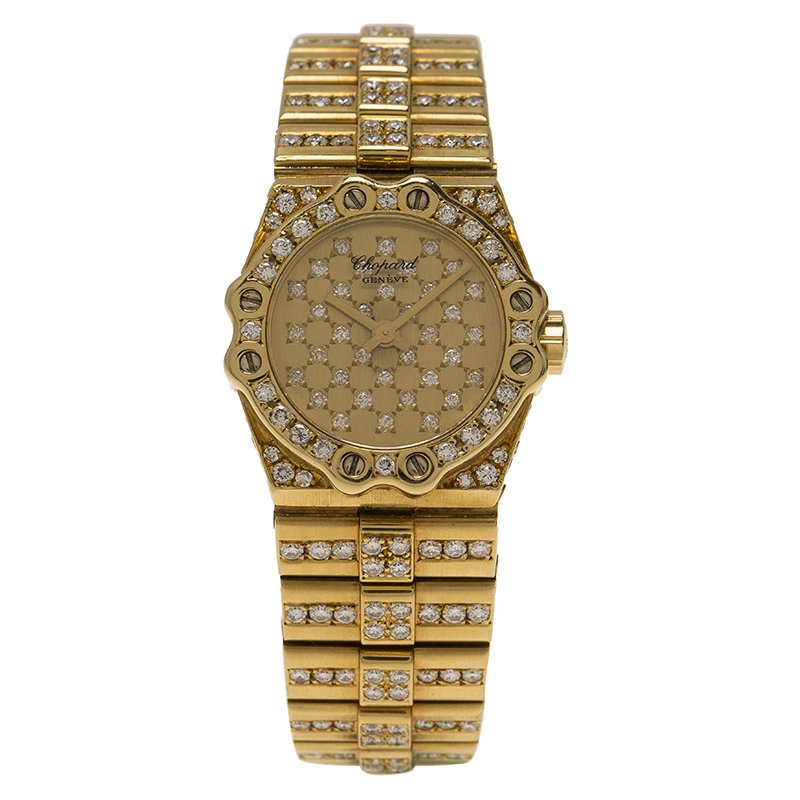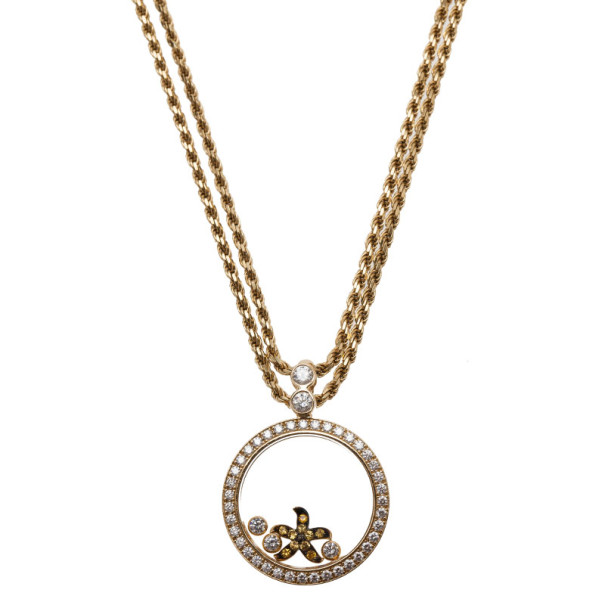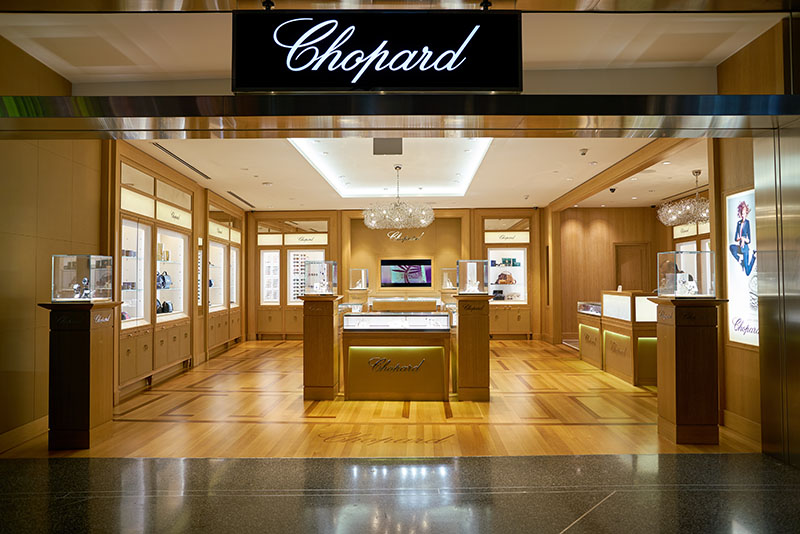Chopard is a name associated with luxury and elegance. The brand has made its mark all over the world for its jewelry and watches that boast of exquisite designs and excellent craftsmanship. But did you know this label is more than 150 years old? The history of Chopard is as rich and respected as the label itself.
The Inception
It all began in the year 1860 in a small village in Switzerland. All of 24, Louis Ulysse Chopard opened a workshop in the village of Sonvilier. He realized there was more money and fame in marketing a finished watch rather than just manufacturing the mechanical movement. Soon enough, he was making watches and quickly gained quite a reputation for his artisanship. Soon he was selling watches all over the Scandinavian countries!
After Louis Ulysse’s death in 1915, his son and grandson were at the helm of affairs. By then, the company had found its niche in making watches for women as well as pocket watches for men. It was in the year 1921 that Chopard’s son took over the family business, opening new branches and relocating the headquarters of the company. The company moved its epicentre to Geneva in 1937, which today is known as the world capital of fine watchmaking. This brought the label and their fine watches closer to the desired clientele and getting them the much aspired Geneva Seal Certification, increasing their popularity even more.

In the year 1943, Paul Andre Chopard completely changed the fate of the company his grandfather had founded. Since none of his sons wanted to take over the family business, and businesses were hit badly after the World War II, he sought a buyer who would continue the rich legacy and heritage of the company. That’s when he met Karl Scheufele III, a German goldsmith who came from a family of master watchmakers and jewellers. Things started to look up once Karl agreed to buy Chopard from the scions of the company. It was under his impetus that the company saw a mammoth change.
Revolution by Scheufele Family
Karl Scheufele’s grandfather was the man who revolutionized the way pocket watches were designed way back in 1912. Under his own company, Eszeha, Scheufele had made it possible for the watch owner to wear it around their neck or wrist. This made a very attractive accessory for women. After his death in 1941, his son Karl Scheufele II took over the reins and the company continued to prosper. It continued to do so even under his son Karl Scheufele III, who eventually brought over Chopard as well.
Under the Scheufele family, Chopard progressed by leaps and bounds. It soon became one of the leading names when it came to fine watchmaking and jewelry. In fact, the company continued to prosper. Karl and his wife Karin changed the fate of Chopard and for good.
In 1974, the Scheufele family moved the Chopard factory to Meyrin Geneva. By 1976, they were making signature Chopard watches which had a free floating diamond behind the sapphire glass. This design became a style statement in the hands of the important and the elite.
In 1980, Chopard also surprised the fashion world with the launch of a steel sports watch named St. Moritz. This was the first model created by Karl when he was just 22. This watch sported water resistant and shock resisting design. It was also in the 1980s that Chopard expanded their line to diamond jewelry for women. From breathtaking Chopard necklaces to Chopard women’s ring, the label excelled at jewelry as well. Chopard rings and necklaces were soon the desired accessories, redefining fine jewelry.

In 1985, Caroline Scheufele stepped into the world of design with the launch of “Happy Clown” which also marked the birth of Chopard Jewelry. This design was sketched as a clown with a stomach full of moving diamond and precious stones.
In 1988, Chopard tied-up with Mille Miglia race in Italy. Karl being fond of Car racing decided to create the Mille Miglia collection that went on to become iconic.
In 1993, Chopard launched The Happy Sport Collection with a seamless union of diamonds and steel. It is to date one of the most popular success stories in the watch industry. In 1994, Chopard launched the ‘Imperiale Collection’ which took inspiration from the golden age of empires.
1996 was a notable year when the company set up its own complete watch movement manufacturing facility in Fleurier. Up until then, Chopard’s movements were being assembled from third party components. The unit in Fleurier catered to their high end watches. The company also expanded to other accessories, like Chopard sunglasses and eyewear.
In 1999, Chopard revealed the ‘Ice Cube collection’. This design was modern, polished and was shaped as perfect cubes that combined elegance and creativity.
In 2003, the “Jacky Ickx Collection” was launched to celebrate Jacky Ickx’s achievement of winning the Le Mans 24 hours endurance race. Chopard also launched the Happy Spirit Jewelry collection this year.
Chopard Now
In 2010, Chopard celebrated its 150th anniversary, by when the company was reporting annual sales of around €550 million, with watches solely accounting for about €250 million. Chopard by then had over 100 stores all over the world. In 2014, Chopard had over 20 references with the European Patent Office.

Currently, Chopard is run by their two heirs, the current co-presidents- Caroline Scheufele and her brother Karl Friedrich Scheufele. While Caroline is at the helm of the collection of women’s watches and women’s jewellery, Karl Friedrich manages the men’s watches and the complete watch movement manufacturing facility in Fleurier.
